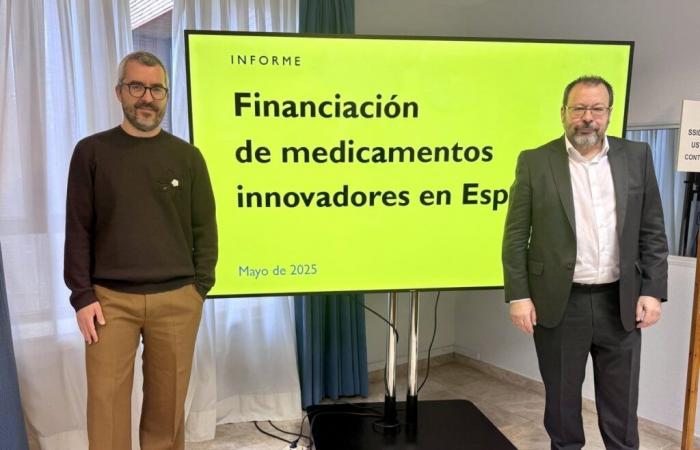Monday, May 5, 2025, 14:47
Spain has made a remarkable effort in the last four years to reduce the time it takes to make innovative drugs available to patients, which allow to improve or complement current therapies or that even imply a ray of hope for pathologies without any treatment, but the wait is still too long. A good part of these new treatments, of which Spain incorporates between 50 and 60 on average per year, are destined for oncological patients.
It is the first official analysis disseminated by the Ministry of Health on this matter, in which it calculates how long it takes place between the European Medication Agency (EMA) gives the PLACET to an innovative drug and the Spanish health authorities agree its public financing, as well as how many of the medications validated by the EU end up incorporated into the portfolio of products suffered partly by the National Health System (SNS). The study describes the current situation (with data from 2023) and compares it with that of had four years ago, in 2020.
Health authorizes the public financing of 72% of the new treatments validated by the EU, 35% more than in 2020
The first conclusion is that the waiting time for the public financing of an innovative drug authorized by the EMA has been reduced on average in Spain since 2020 in almost six months (176 days less), which represents an improvement of 34%. Of course, the delay is still too large, because the average wait in 2023 was 344 days, almost a year. So much so, that those responsible for the Ministry aspire to reduce the time it takes to arrive in the innovative drugs accepted by EMA to Spain almost half of the current term, 180 days, with the legal and organizational changes that they foresee shortly. The delay, however, is not only attributable to the administration, since approximately a quarter of the wait is due to the months that pharmacists take to ask health to finance a certain authorized innovative drug.
Since many patients cannot expect such deadlines to have a drug that improves their situation, or that even extends their life, there are extraordinary channels, such as access to innovative drugs in special situations. Here both compassionate use is included (even before the EMA authorizes it) and early access (during the financing authorization process). It is doctors and hospitals who ask for authorization for specific cases that are resolved one by one. More than half of the innovative drugs were available for these patients before general authorization. In fact, the report indicates that, if these special cases are taken into account, the real wait to access the new treatments would be reduced by half.
Stable dialogue with pharmacists
In the positive part, Spain is, together with Germany, Italy or France, one of the European countries that most innovative medicines incorporates its public financing portfolio every year, good news that has even triggered in the last four -year period. If in 2020 our country ended up authorizing the financing by the SNS of 53% of the new treatments approved by the EMA, in 2023 the proportion rose to 72%, which represents 35% of improvement. If it is taken into account that pharmacists do not request in Spain the inclusion in the SNS portfolio of 16% of the new medications, the degree of real authorization rises to 76% of those considered valid by the EMA.
Among the reasons that the Ministry of Health gives to have achieved the remarkable reduction of waiting times and the increase in authorized products is the establishment of a “stable and early” dialog Participation of ministries and autonomies, agrees the authorization of financing after studying the files and the relationship cost of the product.






